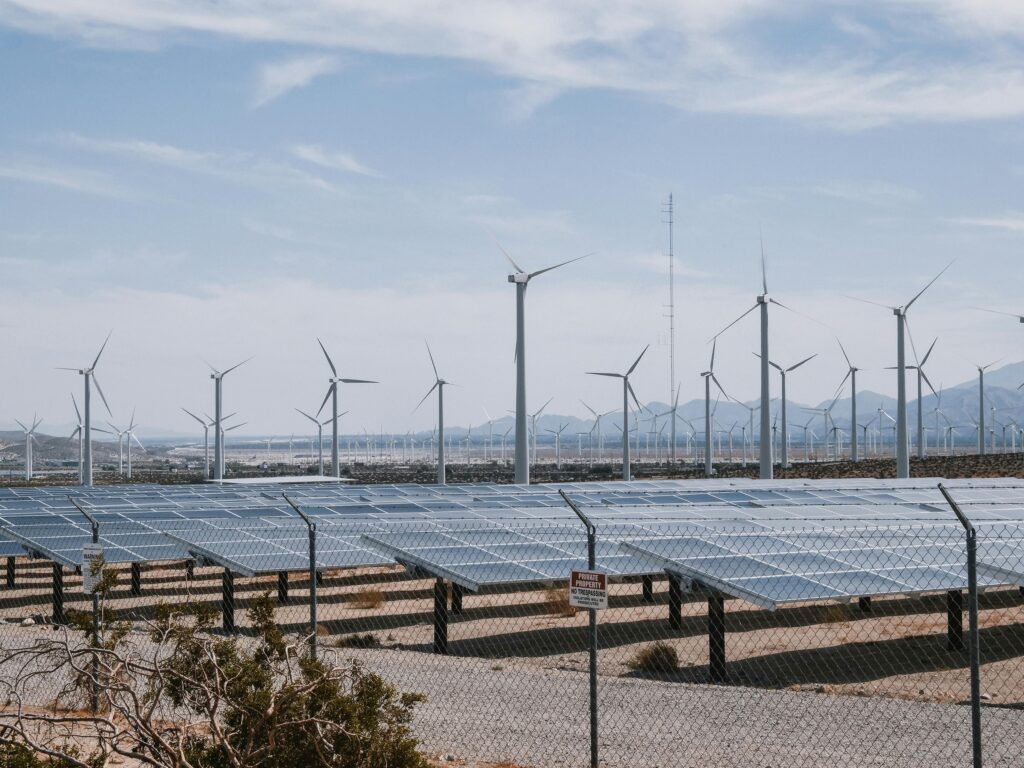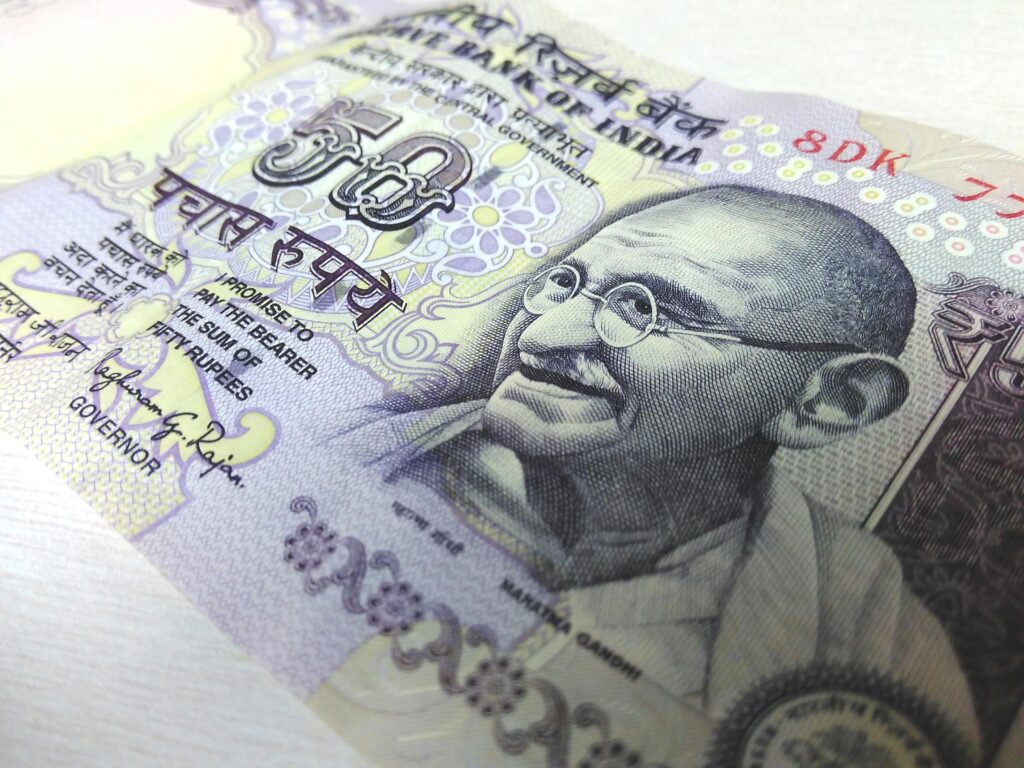India’s Green Energy Transition: A Strategic Imperative for Economic and Energy Security
Author: sachin nandha, trustee and director Introduction The global energy paradigm is shifting at an unprecedented pace. Countries that take decisive action today will shape the future economic and geopolitical order. Renewable energy, electrification, and sustainable industries are no longer just climate necessities but have become economic imperatives. Brazil’s recent announcement of a $6 trillion investment in energy transition by 2050 signals the emergence of a new global economic hierarchy, one where clean energy is a foundation of economic power. India, with its rapid economic growth, rising energy demand, and global leadership aspirations, cannot afford to lag. India has made remarkable progress, achieving over 220 GW of renewable energy capacity in a relatively short space of time, and leads international initiatives like the International Solar Alliance (ISA). However, the pace of transformation must accelerate. The transition to clean energy is not simply a goal, but a prerequisite for economic stability, energy security, and industrial competitiveness in the 21st century. This article explores the strategic imperative of India’s energy transition, focusing on the roles of renewables: how the cost of green hydrogen needs to be brought down; Nuclear energy: by introducing Small Modular Reactors into the mix; Securing critical minerals: by accelerating domestic mining projects; and Climate finance: how India can attract the $10 trillion it needs: by expanding the Green bond market and establishing a carbon exchange market. It outlines policy measures, investment strategies, and private-public partnerships necessary for positioning India as a global leader in clean energy innovation. The Growing Energy Demand and the Need for Transition India’s energy demand is projected to double by 2050, driven by urbanisation, industrialisation, and population growth. The country is currently the third-largest consumer of energy and is heavily dependent on fossil fuel imports, which account for over 80% of crude oil consumption. Comparison to Top Consumers It is particularly worth noting that the average Chinese citizen consumes almost three times as much as the average Indian. This is largely due to India’s significantly smaller industrial base, as well as relatively smaller income per capita. As of 2023, India’s per capita income was a trifling $2,500, and even adjusted for Purchasing Power Parity, only $9,000. The PPP figure broadly correlates with China’s income per capita being almost three times as much. India’s demand for energy (*Projected estimates) Without swift intervention, India will be at risk from rising energy costs, increasing trade deficits, and exposed to high inflation. India’s heavy reliance on imported fossil fuels – with over 80% of its crude oil, and 50% of its natural gas coming from foreign sources – makes it highly vulnerable to global energy price fluctuations. Any surge in oil prices directly impacts India’s trade deficit, increasing the cost of imports and leading to inflationary pressures across industries and households. This dependence also weakens energy security, since geopolitical tensions, such as conflicts in the Middle East or OPEC production cuts, can disrupt supply chains and cause price volatility. Without a swift transition to a domestic mix of renewable and nuclear energy sources, India will continue to face economic instability, and fiscal strain on its national economy. Investing in clean energy is not just an environmental necessity but a strategic economic imperative to ensure long-term stability and energy independence. The urgency to transition is further reinforced by the escalating impact of climate change. In 2023 alone, India experienced extreme climate events, including record-breaking heatwaves, devastating floods, and prolonged droughts, all of which underscore the urgent need for a resilient and sustainable energy ecosystem. The country recorded its hottest February in 122 years, impacting agriculture and water availability. In June, catastrophic floods in Assam displaced over 5 million people, while Mumbai saw its heaviest July rainfall in four decades, disrupting transportation and economic activity. Meanwhile, the rest of Maharashtra, and states like Karnataka, and Tamil Nadu faced severe drought conditions, with over 200 reservoirs running critically low, affecting irrigation and drinking water supplies. These climate-induced disasters resulted in economic losses exceeding $18 billion, emphasising the high cost of inaction. Without a rapid transition to clean energy, India will continue to face rising climate risks, economic damage, and environmental instability, threatening both human and economic security. The Role of Nuclear Energy in India’s Clean Energy Future While solar and wind power are critical, they are intermittent energy sources and require backup solutions. Nuclear power provides stable, zero-carbon electricity and is essential for ensuring a secure, 24/7 power supply. India’s nuclear capacity currently stands at 7 GW, contributing only 2% of total electricity generation. The government has set ambitious targets to increase nuclear capacity to 22 GW by 2030 and 50 GW by 2050. India has a unique advantage in nuclear energy: vast thorium reserves. Unlike uranium, thorium is more abundant and safer as a fuel source. India has already initiated a three-stage nuclear program that prioritises the use of pressurised heavy water reactors (PHWRs), fast breeder reactors (FBRs), and advanced thorium reactors. India has been actively collaborating with global partners to accelerate nuclear infrastructure development, regulatory modernisation, and advanced reactor deployment. Two of the most significant partnerships in this domain are with France and the United States, both of which aim to enhance India’s nuclear capacity and technological capabilities. Signed Agreement: The deal between EDF (Électricité de France) and NPCIL (Nuclear Power Corporation of India Limited) was reaffirmed in 2023, advancing technical studies and financial negotiations. Strategic Benefits: Jaitapur will provide carbon-free electricity for 70 million homes. Technology Transfer & Fuel Supply: France has also committed to long-term nuclear fuel supply and technology transfer, helping India advance its nuclear expertise. India-France Nuclear Agreement India and France have been long-term nuclear partners, and their collaboration has deepened under India’s civil nuclear program. The most notable agreement involves the construction of six European Pressurised Reactors (EPRs) in Jaitapur, Maharashtra, which, once operational, will generate 9.6 GW of nuclear power, making it the largest nuclear power project in the world. India-USA Civil Nuclear Cooperation & Small Modular Reactors (SMRs)
India’s Green Energy Transition: A Strategic Imperative for Economic and Energy Security Read More »










